In English:
Original English text updated in March 2014. In this series there are presented 57 paupers.
These historical wooden Poor-man (pauper) wooden statues are presented in their original surroundings. It is difficult to understand them at first, because man can find them only in Finland and some in Sweden. They are found mainly on the area called Ostrobothnia in Finland. They are part of our cultural heritage and thus being something special. What they are, why man made them, what is their history and how many of them exist? All these questions are replied in my next three posts.
Since I saw the first one nearly ten years ago, I felt sympathy to them. They were so cute, so live looking and well made. Seeing those statues later after years, many of them were in bad condition, I came sad. I saw that time and hard weather had left marks on them. I asked myself if anybody takes care of them, because they needed urgent restoration.
According to the latest calculations there are 145 paupers from which 107 (poor-man statues) + 1 (poor-woman statue) in active service, meaning collecting money to the poor. The rest of them are found in local museums around Finland. Total number of them is calculated to been about 180. In Sweden there are only nine paupers left.
Background:
All this began in 1649 (at that time Finland was under administration of Sweden) when Swedish queen Kristina (1629 – 1689) gave order to make money collection logs. In Europe wars raged around and many soldiers wounded in wars losing foot or arm. When wounded in this way they had to return to their home. These money collection-logs were modified to pauper (poor-man) statues by local artists. They were placed usually beside church doors and on the walls of bell towers. Man built for them small wooden shelter to protect them sun shine, direct rain and snow. In recent years many churches moved them into porches. So, many pauper statues present men missing hand, foot or even ear having models from solders maimed in wars. Man must remember that in the 1700, 1800 and 1900 century people were very poor, but they visited church every Sunday faithfully. I think that these pauper statues were great start for modern help of the poor (social security).
Pauper statues have moneybox in their chest and to put coins into them there is a slot in the chest. In general the Finnish people are honest and this means that there a few robberies against the pauper statues. Robberies have happened, yes indeed. Latest robbery happened in 2013 when the whole pauper statue in Rautio was stolen. It was found after winter in a ditch. The lock and money box were missing, but the statue was in good condition. Also the pauper of Alavieska has been robbed many times. In addition to these robberies, there have been some minor mischiefs like removing hands. Many paupers have beside them a written small phrase. Although the text might slightly differ from others, the main idea is: “he who has mercy on the poor, lends to the Lord”.
My posts go this way: First I present four churches and after photos of every church I show poor man statues with general views and close-ups. Because all pauper statues are presented in their natural environment, You will see also photos from churches, Chandeliers, Pulpits,Altapieces,Altars, Memorialsand Belltowers.
Always I could not visit churches inside, but in many cases yes. Enjoy our cultural heritage!
In this post You meet the unique poor-woman statue in Soini. When I saw her first time, I nearly “fell in love with her”. 🙂
En español:
Historia de pobres hombres tallada en madera y la estatua estatua de pobrecita mujer.
Hay 107 estatuas de pobre hombres y una estatua de pobrecita mujer.
Al manejar mi carro alrededor en mi país, sacando fotos de las iglesias he encontrado algunas estatuas raras al lado de iglesias o campanarios. Ellos eran hombres o mujeres, y siempre sus mano o el pie había desaparecido, pero de todos modos esos estatues veía bien. Al examinar más de cerca encontré un hueco en ellos. Entonces entendí que se puede poner dinero en el hueco y dentro hay una cajita. ¿Por qué estos cajas / estatuas en madera de pobre hombres mendigos, se han creado, ¿cuándo?
Todo esto empieza en 1649 cuando la reina Cristina de Suecia dio la orden para hacer los leños de los pobres y ponerlos al lado de las puertas de las iglesias, campanarios o algunos lugares públicos. Pronto los leños de los pobres fueron modificados para estatuas de pobre hombre par artistas locales en Finlandia. En ese tiempo Finlandia estaba bajo la administración de Suecia. En Europa guerras devastó todos partes en Europa y muchos soldados heridos mismos perdiendo su pie o el brazo. Cuando heridos de esta manera ellos tuvieron que regresar a su casa.
En el 1700, 1800 y 1900 la gente del siglo era muy pobre, pero ellos visitaron la iglesia todos los domingos fielmente, así el lugar natural para esas estatuas pobres-el hombre estaba fue junto a iglesias o campanarios. Tal vez estas estatuas de pobres hombres ayudó a los más pobres, por supuesto, no existen estadicas.
Este post va de esta manera: Primero presento cuatro iglesias y después las fotos de estatuas pobres hombres.
En este post tu encuentras la única estatua de pobrecita mujer en Soini. Cuando la vi por primera vez, casi me “enamoré de ella”. 🙂
En francais:
Histoire de statues sculptées en bois de pauvre-homme et de pauvre-femme statue.
Il ya 107 statues de pauvre-hommes et une statue pauvre femme.
Lorsque je conduisais autour dans mon pays pour prendre des photos des églises sur la campagne, j’ai trouvé quelques statues particulières à côté des églises ou des campaniles. Ils étaient des hommes ou des femmes et dont toujours la main ou le pied les manquait, mais de toute façon ces statues avaient l’air si bien. Lorsque en examinant les de plus près, j’ai trouvé une fente. Puis j’ai réalisé que l’on peut mettre des pièces à l’intérieur dans la fente du bûche. Pourquoi ces pauvres bûches / pauvre-homme de bois / bois statues mendiants ont été mis en place, quand?
Tout cela commence 1649 quand Christine de Suède a donné l’ordre de faire les pauvres bûches et de les mettre à côté des portes d’église, clochers ou de certains lieux publics. Bientôt ces pauvres bûches ont été modifiés pour homme pauvres statues par des artistes locaux en Finlande. En ce moment la Finlande était sous l’administration de la Suède. Les guerres faisaient rage autour de l’Europe et nombreux soldats blessés ont perdu le pied ou le bras. Lorsque blessés de cette façon ils devaient retourner à leur domicile.
Dans les années 1700, 1800 et 1900 les gens était très pauvres, mais ils ont visité l’église chaque dimanche fidèlement, de sorte que, le lieu naturel pour ces statues de pauvres-hommes était à côté des églises ou des campaniles. Peut-être ces statues de pauvres-hommes ont aidé les plus pauvres, mais des statistiques, ils existent pas bien sûr.
Mon poste va dans cette façon: Premièrement je présente quatre églises et puis et à la fin les photos de statues de pauvre hommes.
Dans ce post, vous trouverez la seule statue d’une pauvre-femme à Soini. Quand je l’ai vue devant moi, je suis presque “tombé en amoureux d’elle”. 🙂
Jepua (photos / fotos 2007):
Church built 1860-1861 / Iglesia construida 1860-1861 / Église construite 1860-1861
Belltower built 1878 / Campanario construido 1878 / Clocher construit 1878
Height of Poor-man statue 68cm (2 feet and2.8 inches) / Altura de estatua de pobre hombre 68cm / Hauteur de statue de pauvre Homme 68cm. Statue from decades 1861 / Estatua de los años 1861 / Statue dans les années 1861.
Kaustinen (photos / fotos 2007):
Church built 1859 / Iglesia construida 1859 / Église construite 1859
Belltower built 1778 / Campanario construido 1778- / Clocher construite 1778. Height of Poor-man statue 148cm (4 feet and 10.2 inches) / Altura de estatua de pobre hombre 148cm / Hauteur de statue de pauvre Homme 148cm. Statue from decades 1832 / Estatua de los años 1832 / Statue dans les années 1832
Soini (photos / fotos 2008):
Church built 1793 / Iglesia construida 1793 / Église construite 1793
Belltower built 1795 / Campanario construido 1795/ Clocher construite 1795
Height of Poor-man statue 152cm (4 feet and 11.8 inches) / Altura de estatua de pobre hombre 152cm / Hauteur de statue de pauvre Homme 152cm. Statue from1854 / Estatua de 1854 / Statue de l’an de1854
Ylistaro (photos / fotos 2007):
Church built 1847–1852/ Iglesia construida 1847–1852/ Église construite 1847–1852
Belltower built ? / Campanario construido ? / Clocher construite ?
Height of Poor-man statue 149cm (4 feet and 10.6 inches) / Altura de estatua de pobre hombre 165cm / Hauteur de statue de pauvre Hommer 149cm. Statue from1800s / Estatua de década de 1800 / Statue des années 1800.
Poor-man statues 4 / Estatuas de pobre hombre 4 / Statues de Pauvre Homme 4
Poor-man statues 6 / Estatuas de pobre hombre 6 / Statues de Pauvre Homme 6







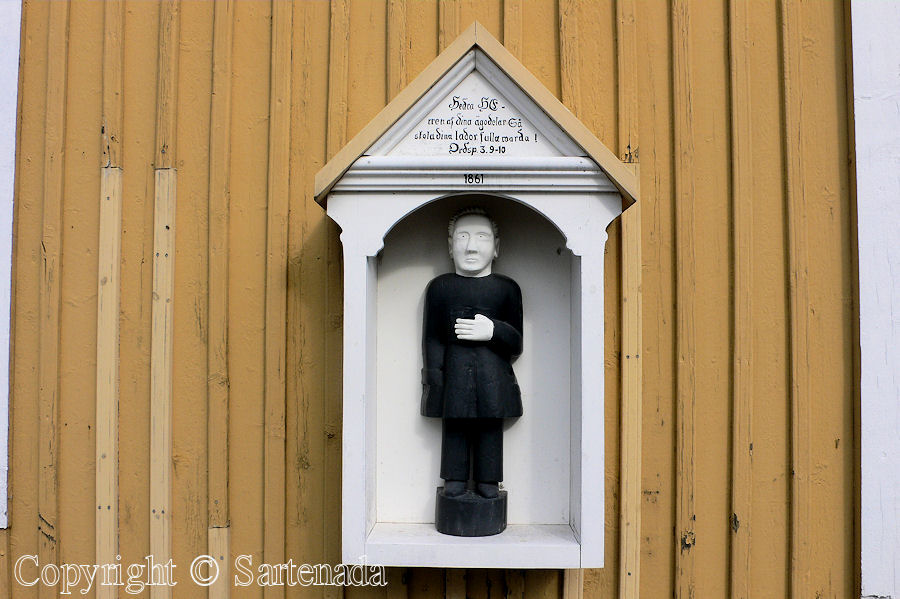


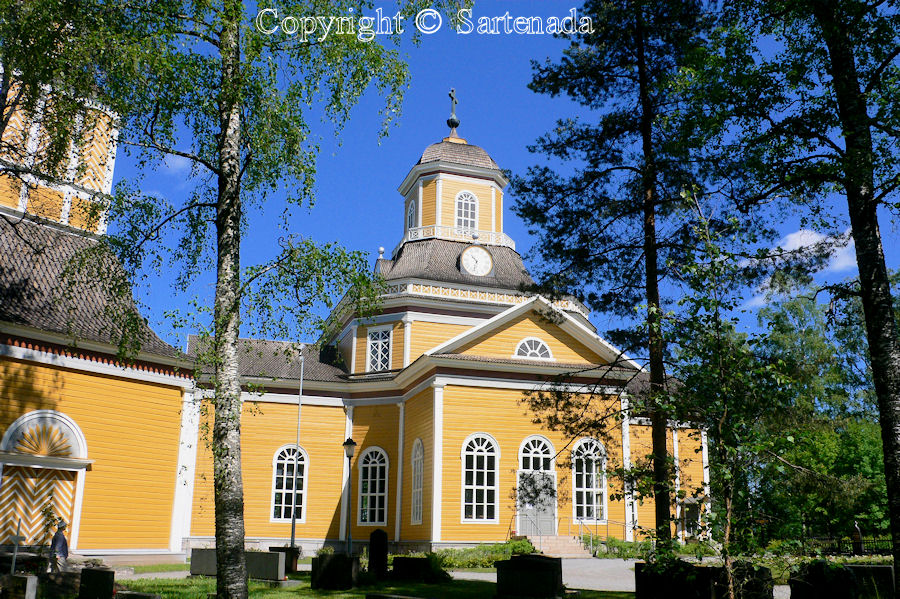



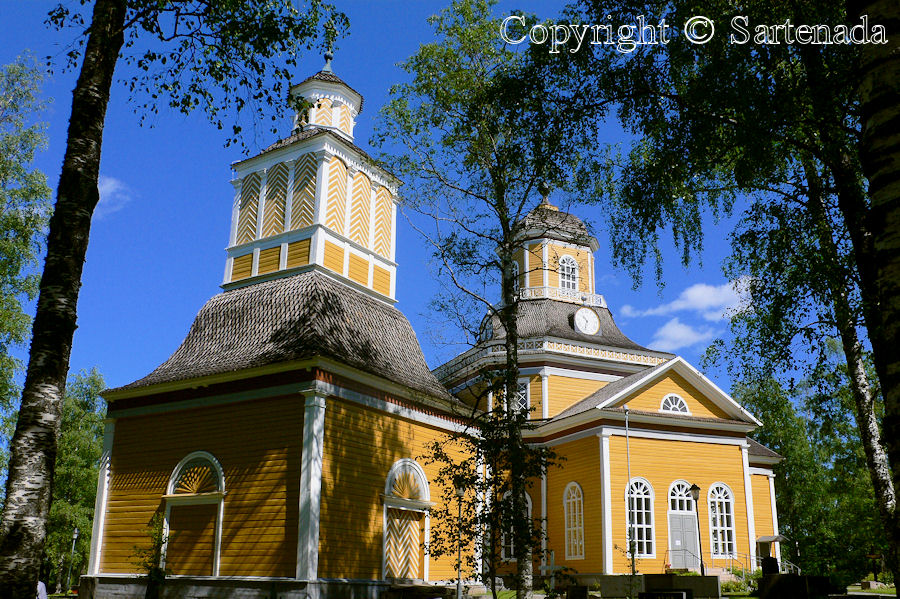










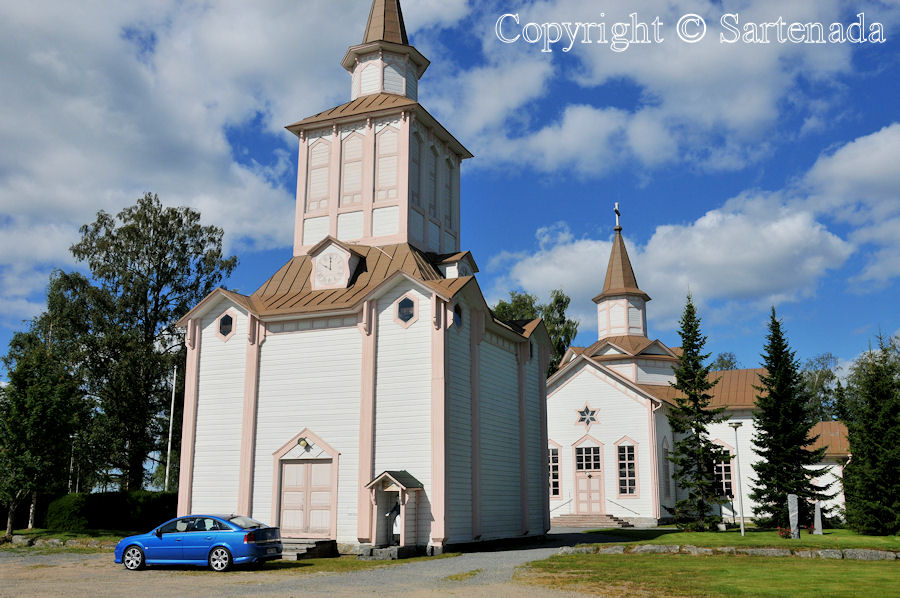
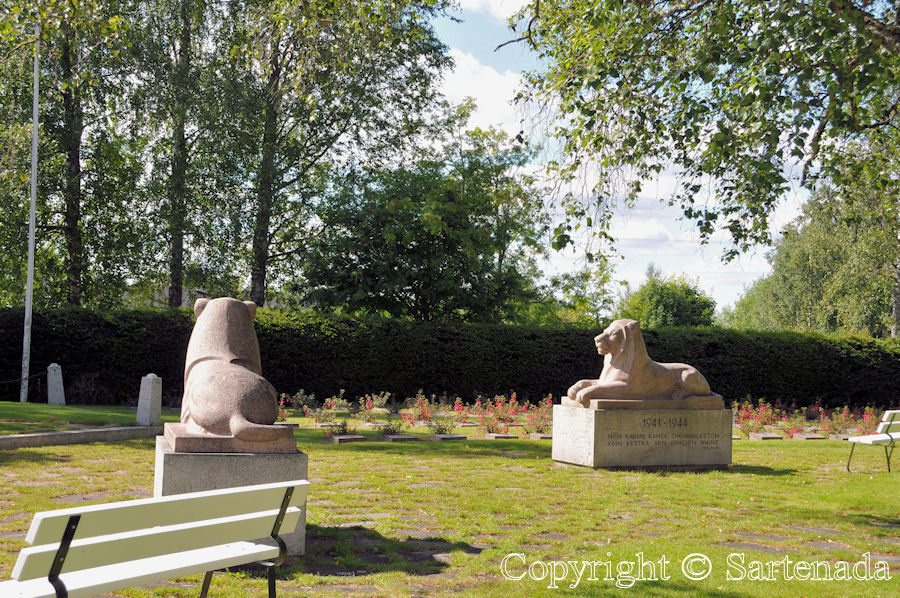

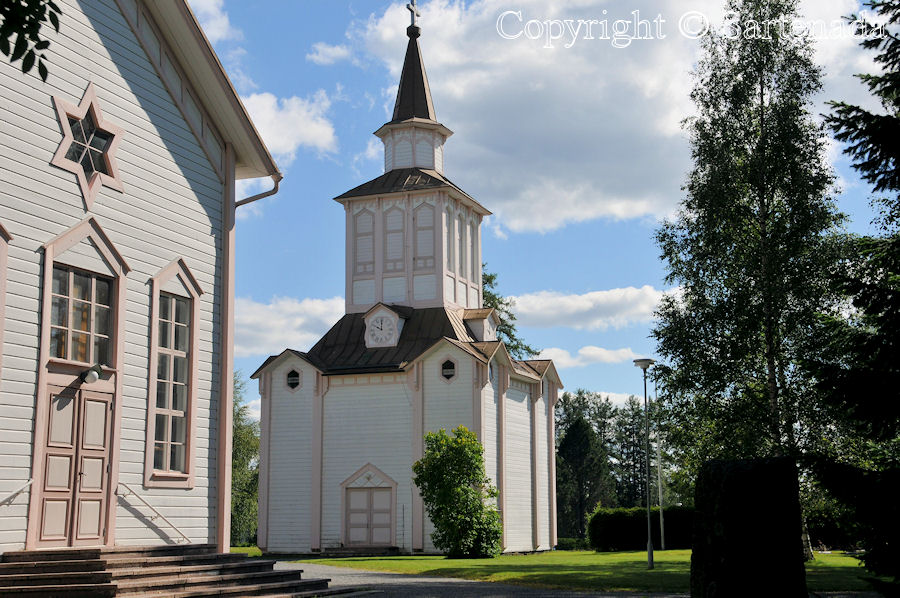








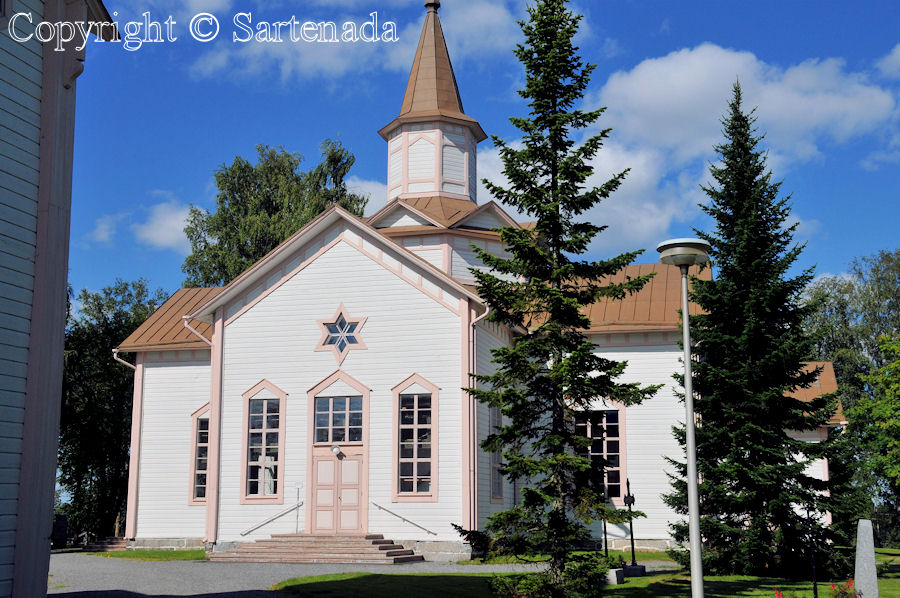


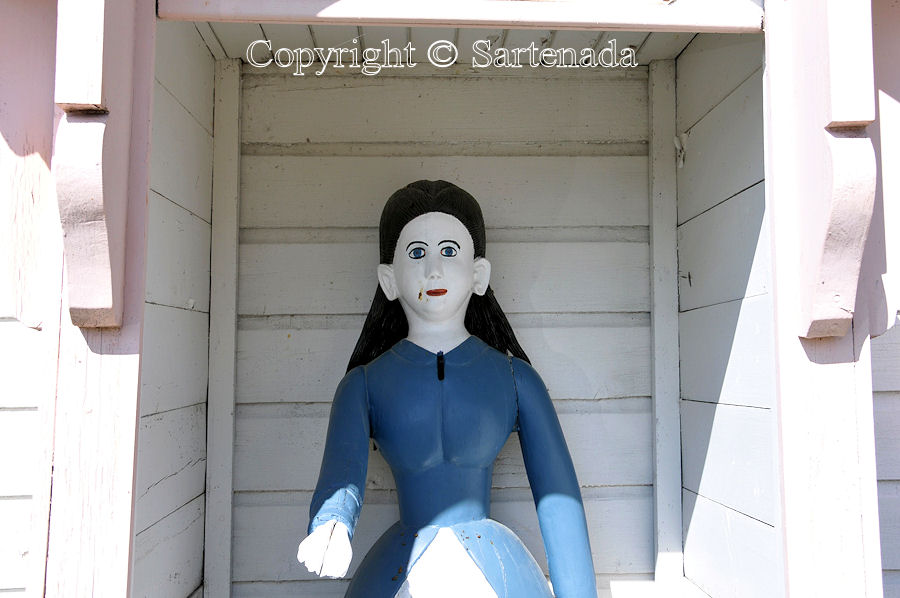






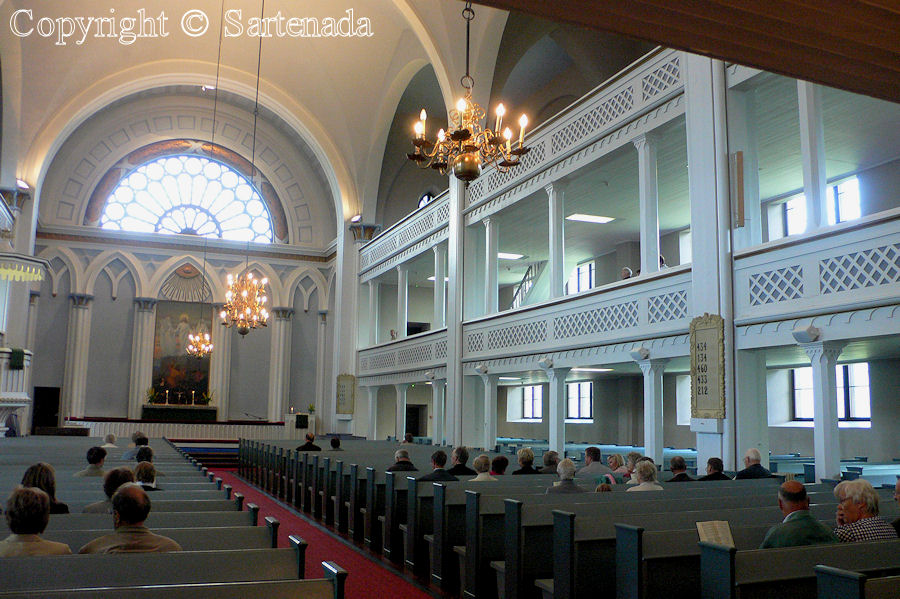

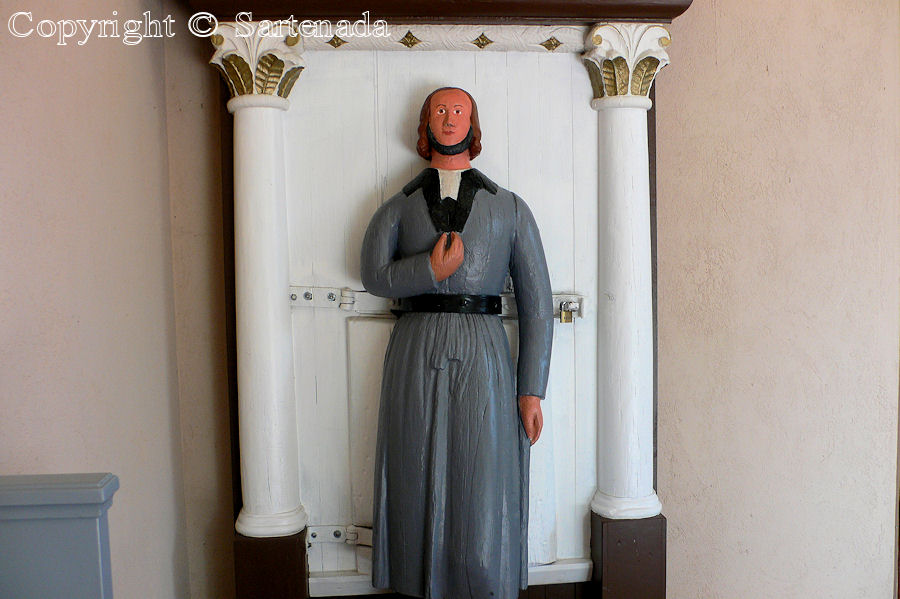
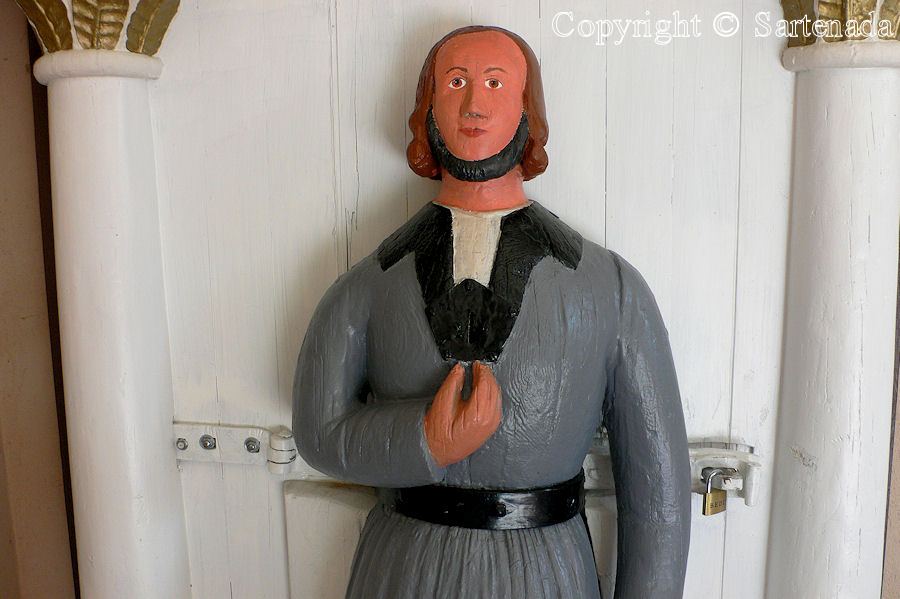


The churches are magnificent! I can’t get over how many beautiful churches there are there! Of all the poor-man statues, I think I like the poor-woman statue the best.
Comment by montucky — February 1, 2013 @ 08:27 |
Hi Terry.
Thank You. I love old wooden churches myself and the poor-woman statue in Soini has been on tours in Italy, in the province of Cuneo, in Saluzzo, in Rome and in the Vatican. I guess that people there had something to wonder. 🙂
Happy Friday!
Comment by Sartenada — February 1, 2013 @ 09:25 |
Thanks for these, Matti.
Comment by wordsfromanneli — February 1, 2013 @ 09:37 |
Hello Anneli.
Thank You for Your visit, leaving Your comment and following this series of my photos.
Happy Friday!
Comment by Sartenada — February 1, 2013 @ 09:39 |
How interesting for the man to have red hair and a black beard. Yes, the lady is lovely. What does the sign say that one poor man statue is holding? Nice job covering this.
Comment by Bondseye — February 1, 2013 @ 14:21 |
Hello Lisa.
Thank You. Yes, man with red hair and a black beard is indeed interesting. Well, the text says, my free translation, “Who have mercy on the poor, he borrows to the Lord”. The text varies a little from others on other statues, but the idea is the same. Sometimes it continues: “Lord will reward his good acts back”. Thank You asking it!
Happy week-end!
Comment by Sartenada — February 2, 2013 @ 09:30 |
Another amazing article, Matti – beautiful photos and enthralling narrative. Bless you.
Comment by LizzieJoy — February 1, 2013 @ 14:41 |
Hi Lizzie.
Thank You. I am so happy that You did like my post which continues to present these “oddities” in Finland.
Have great week-end!
Comment by Sartenada — February 2, 2013 @ 09:36 |
bonjour mon amie je n’ai pas aimé j’ai adoré tout est très beau les églises sont superbes aussi bien extérieur que intérieur et les statues me plaisent bien bien que je préfère celle du lion bisous bonne journée MA
Comment by AUDOLY-NOURIAN — February 1, 2013 @ 15:04 |
Bonjour MA.
Merci beaucoup pour ton visite. Eh bien, la statue de lion est le mémorial de guerre de notre l’indépendance. Cette statues est très rare en présentant lions. Normalement, nos statues de mémoriaux de guerre présentent des veuves de guerre et les orphelins de guerre qui souffrent. Parfois aussi des soldats qui ont perdu leurs amis dans la guerre. Voici certains de ces mémoriaux de guerre dans mes posts précédents.
Mémoriaux de guerre en Finlande.
Bon week-end!
Comment by Sartenada — February 2, 2013 @ 10:05 |
Tose woden churches with those colors! I loved your photos and the spirit shown in them!and your narrative is fantastic,too!
Comment by 76sanfermo — February 1, 2013 @ 15:27 |
Hi 76sanfermo.
Thank You for Your nice comment. I feel myself so happy when reading it.
Happy week-end!
Comment by Sartenada — February 2, 2013 @ 10:19 |
j’aime bien aussi la chaire
Comment by l'Angevine — February 1, 2013 @ 16:08 |
Bonjour l’Angevine.
Quelle joie de lire votre commentaire. J’ai un poste dans lequel je montre plus d’entre eux. Voici:
Comparant chaires finlandaises.
Je suis sûr que Vous les aimez.
Bon week-end!
Comment by Sartenada — February 2, 2013 @ 10:26 |
I’m very impressed with the beauty of these churches, especially when I see how old they are. The interiors are absolutely gorgeous. I really like the ‘poor woman’ as well.
Comment by seniorhiker — February 1, 2013 @ 16:45 |
Hi George.
Thank You George for Your kind comment. I am happy when noticing that You follow my series of Poor-man statues.
Happy week-end!
Comment by Sartenada — February 2, 2013 @ 10:36 |
These posts continue to fascinate me. The Soini “Poor Woman” is so gorgeous. All of the churches have such beauty in their architecture, settings and colors/decor. Thank you so much for all! Have share this with so many here (mostly Swedish/Norwegian heritage). Blessings, Doreen
Comment by treadlemusic — February 1, 2013 @ 17:17 |
Hello Doreen.
Thank You. You are right, because these posts are not only presenting Poor-man statues, but much more.
Have a lovely week-end!
Comment by Sartenada — February 2, 2013 @ 10:39 |
Another fabulous collection Matti. The poor man/woman statues really are wonderful and very well captured. 🙂
Comment by Chillbrook — February 1, 2013 @ 18:14 |
Hi Chillbrook.
Thank You. It was nice to read that You liked this series also.
Have a great week-end!
Comment by Sartenada — February 2, 2013 @ 13:35 |
Thank you for your interesting series postings on the poor man/and a poor woman statues.
Comment by Mary Gilmartin — February 2, 2013 @ 06:07 |
Hello Mary.
Thank You. I appreciate Your comment and I am glad that You followed my series.
Happy week-end!
Comment by Sartenada — February 2, 2013 @ 13:46 |
so clean and crisp. The churches and the statues remind me of primitive art which I just love. Wonderful post.
Comment by kareninhonolulu — February 2, 2013 @ 06:44 |
Hi Karen.
Thank You for Your comment. Well, primitive art or old traditional art with historic background, maybe there is not so huge different. 🙂
Have a great week-end!
Comment by Sartenada — February 2, 2013 @ 14:02 |
I see that you have a few more of the Poor-Woman statues in this post, Matti. I am happy to see these statues in addition to the others, and thank you for such a wonderful post with many great photographs. Happy February to you!
Comment by luchaniktravel — February 2, 2013 @ 07:12 |
Hi Davinder.
Your kind comment warmed my heart here among snow and ice. Thank You.
Have a lovely week-end!
Comment by Sartenada — February 2, 2013 @ 14:11 |
The churches are beautiful, and the statues are really interesting. I’ve never seen anything like them before.
Comment by Robin — February 3, 2013 @ 02:28 |
Hi Robin.
Thank You for Your kind comment. I am happy that by visiting my blog You got info from these statues in Finland. Personally I find them very interesting in our modern world.
Happy Sunday!
Comment by Sartenada — February 3, 2013 @ 13:27 |
This is wonderful and informative series – I’m so glad you shared these beautiful pictures. Thank you!
Comment by megtraveling — February 3, 2013 @ 02:55 |
Hi Megtraveling.
How nice. I think that, if a man visits only one Poor-man statue post, he cannot get the correct idea. Now after five posts and 20 Poor-man statues “picture begins to brighten”. Thank You very much from Your kind comment; I appreciate it very much.
Have a wonderful Sunday!
Comment by Sartenada — February 3, 2013 @ 13:42 |
These churches are beautiful! Love these poor man statues. Glad they preserve these statues well.
Comment by Amy — February 3, 2013 @ 17:55 |
Hi Amy.
So nice to read Your comment. Well, until now I have presented well preserved statues, but in some future posts there are some which should need “rapid repairs”. Always it is money which talks in our world. Some parishes are small and poor. So when looking at such not so well preserved statues, one can say justly: poor Poor-man statues. Some Poor-man statues can be shocking. For example in my post number 8, there is naked Poor-man statue presenting naked Lazarus wearing a loincloth and covered with abscesses.
Thank You commenting a following my Poor-man posts.
Happy Starting week.
Comment by Sartenada — February 4, 2013 @ 08:46 |
More wonderful poor man statues. And I enjoy very much to admire these beautiful wooden churches 🙂
Comment by Truels — February 4, 2013 @ 01:19 |
Hi Truels.
Thank You commenting and visiting my post.
Happy Monday!
Comment by Sartenada — February 4, 2013 @ 08:55 |
Ton nouveau post est très intéressant ! Les églises finlandaises sont très belles et très colorées, et je suis heureuse de voir enfin la seule statue de pauvre femme !
Très belle semaine !
Grosses bises
Cathy
Comment by cathy14 — February 4, 2013 @ 06:18 |
Bonjour Cathy.
Mon cœur se réjouit de Votre commentaire Cathy. Merci beaucoup.
Bonne nouvelle semaine à Vous aussi. Bisous.
Comment by Sartenada — February 4, 2013 @ 13:01 |
I want to go find all these statues…and churches, Sartenada!
Comment by Ginnie — February 4, 2013 @ 10:00 |
Hi Ginnie.
They all are waiting for You! 🙂 Thank You commenting.
Have a wonderful Monday!
Comment by Sartenada — February 4, 2013 @ 13:02 |
Was für herrliche Fotos und auch die Details, die mag ich immer besonders gerne.
Alles sieht nach Sommer und Wärme aus.
LG Mathilda 🙂
Comment by einfachtilda — February 4, 2013 @ 14:02 |
Guten tag Matilda.
Danke schön Matilda. Alle fotos sind sehr alten und ich habe diese bilder mit meinem Taschenkamera genommen.
I wünsche ihnen einen schönen Montag.
Comment by Sartenada — February 4, 2013 @ 14:44 |
Great post! It is very interesting, with very good information and your photos are beautiful.
Comment by Tokeloshe — February 4, 2013 @ 23:30 |
Hello Tokeloshe.
Thank You commenting and for Your visit. I am happy that You did find my post interesting. Personally I love these statues which tell stories from our past.
Have a lovely day!
Comment by Sartenada — February 5, 2013 @ 08:17 |
Your photos are excellent. I’m glad you translated the sign for a comment before me – I also wondered what it said.
The poor woman statue is really lovely I’m not surprised she’s been traveling all over Europe.
Comment by dearrosie — February 5, 2013 @ 07:24 |
Hi Rosanne.
Thank You. Texts are written in an obsolescent way and due that I had to find the meaning (freely) in our modern way to express the contents. Sometimes texts are in Swedish, but it is not problem to me.
Have a wonderful day!
Comment by Sartenada — February 5, 2013 @ 08:21 |
AWESOME PHOTOS!!!!! 😀
Comment by Amanda — February 6, 2013 @ 04:56 |
Hi Amanda.
Thank You liking my photos.
Have a wonderful day!
Comment by Sartenada — February 6, 2013 @ 08:10 |
Gorgeous photos! What kind of camera/lens are you using?
Comment by Stephanie — February 8, 2013 @ 09:43 |
Hi Stephanie.
Thank You. Good question. In my Poor-man statues 6 / Estatuas de pobre hombre 6 / Statues de Pauvre Homme 6, I have list of my cameras. With Nikon D300 from 2008 I use Nikkor 18-200 lens. It is good lens although nowadays there are better. Times develop during years
Have a lovely day!
Comment by Sartenada — February 8, 2013 @ 11:58 |
Thanks for the info! Hope you have a great day too!
Comment by Stephanie — February 9, 2013 @ 19:48 |
Hello Stephanie.
Thank You visiting and commenting my blog.
Happy Sunday!
Comment by Sartenada — February 10, 2013 @ 09:48 |
My father was a church musician, and I remember visiting couple of these very churches as a child when he was performing. There’s something very special about them – that simplicity of design and beauty of the craftsmanship. Great of job of you to photograph them with such devotion!
Comment by rustybicycle — February 10, 2013 @ 18:00 |
Hi Rust bicycle.
Thank You for Your kind words and so lovely memories. I am happy that You like them. Some of these churches are situated on the area from which many people emigrated to search a better life in other countries.
Have a great day.
Comment by Sartenada — February 11, 2013 @ 08:12 |
I’ve been looking forward to the poor woman statue. She’s lovely!
Comment by Heart To Harp — February 14, 2013 @ 08:25 |
Hi Janet.
So nice to read Your comment. Thank You.
Happy Friday!
Comment by Sartenada — February 15, 2013 @ 09:01 |